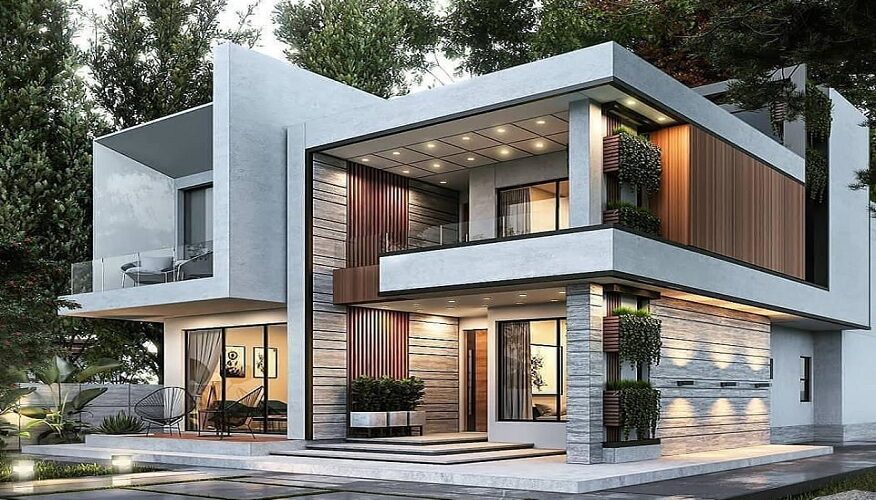Investing in real estate is often considered a wise financial decision, and purchasing a duplex can be an attractive option for many potential homeowners and investors. A duplex is a single building that consists of two separate living units, each with its own entrance and amenities. There are multiple reasons to invest in a duplex and buying both sides of this type of property can provide several advantages. These advantages include potential rental income, tax benefits, and the opportunity for multi-generational living. However, there are also potential drawbacks to consider, such as maintenance responsibilities and financing challenges. In this article, we will explore the pros and cons of buying both sides of a duplex to help you make an informed decision about this unique investment opportunity.
Pros of Buying Both Sides of a Duplex
1. Rental Income Potential
One of the main benefits of owning both sides of a duplex is the opportunity to generate rental income. You can choose to live in one unit and rent out the other, providing a steady stream of income that can help offset your mortgage payments and other property-related expenses. Depending on the rental market in your area, this income may even be sufficient to cover the entire mortgage payment, allowing you to live in your unit virtually mortgage-free.
2. Tax Benefits
Owning a duplex and renting out one of the units can also provide several tax benefits. As a landlord, you may be eligible to claim deductions for expenses related to the rental unit, such as property taxes, insurance, maintenance, and repairs. Additionally, you can depreciate the rental portion of the property over time, reducing your taxable income and potentially lowering your overall tax liability.
3. Multi-generational Living
Purchasing both sides of a duplex can be an attractive option for families looking to accommodate multiple generations under one roof while still maintaining a degree of privacy and independence. This arrangement can be particularly beneficial for families who want to provide support for elderly relatives or adult children who are returning home after college or starting their careers.
3. Increased Property Value
Owning both sides of a duplex can offer potential appreciation in property value over time. As the owner, you have more control over the maintenance and upkeep of the entire property, ensuring that both units remain in good condition and contributing to an increase in overall property value.
4. Easier Property Management
When you own both sides of a duplex, property management becomes more straightforward since you only need to deal with one property and one set of tenants. This can simplify the process of collecting rent, addressing maintenance issues, and resolving any disputes or concerns that may arise.
Cons of Buying Both Sides of a Duplex
5. Maintenance Responsibilities
While owning both sides of a duplex can offer potential financial benefits, it also comes with added responsibilities in terms of property maintenance and repairs. As the owner, you will be responsible for maintaining the entire property, including the exterior, shared spaces, and any common systems such as plumbing and electrical. This can be time-consuming and costly, particularly if major repairs or updates are needed.
6. Financing Challenges
Obtaining financing for a duplex can be more challenging than securing a mortgage for a single-family home. Lenders may have stricter requirements for duplex loans, such as higher down payments, credit scores, and debt-to-income ratios. Additionally, if you plan to use rental income to help qualify for the loan, you may need to demonstrate a history of property management experience or provide a larger down payment. To be properly prepared as a buyer, reduce your risks by learning some pre-purchase tips.
7. Limited Resale Market
While owning both sides of a duplex can offer potential financial benefits, it may also limit your resale market. Not all buyers are interested in purchasing both sides of a duplex, particularly if they do not plan to occupy one of the units themselves. This could make it more challenging to sell the property when the time comes, potentially leading to longer time on the market and reduced resale value.
8. Potential Tenant Issues
As a landlord, you may encounter various tenant-related issues, such as late rent payments, property damage, or disputes between neighbors. Owning both sides of a duplex increases the likelihood of dealing with these challenges, as you will be responsible for managing the relationship with your tenants and addressing any problems that arise.
9. Less Privacy
While owning both sides of a duplex can provide some separation between living units, it may still be less private than owning a single-family home. You will share walls, outdoor spaces, and potentially utilities with your tenants or family members living in the adjacent unit. This could lead to noise concerns or other issues related to close proximity.
Conclusion
Purchasing both sides of a duplex can offer several advantages, such as rental income potential, tax benefits, and multi-generational living opportunities. However, it’s essential to carefully weigh the potential drawbacks, including maintenance responsibilities, financing challenges, and the limited resale market. Before making a decision, it’s crucial to evaluate your financial situation, long-term goals, and the specific property in question to determine if buying both sides of a duplex is the right choice for you. Consulting with a real estate professional or financial advisor can provide valuable guidance in making an informed decision.
FRENCH TAGS
- Il y a plusieurs raisons d’investir dans un duplex
- Réduisezvosrisquesenapprenantquelques conseils avantachat

